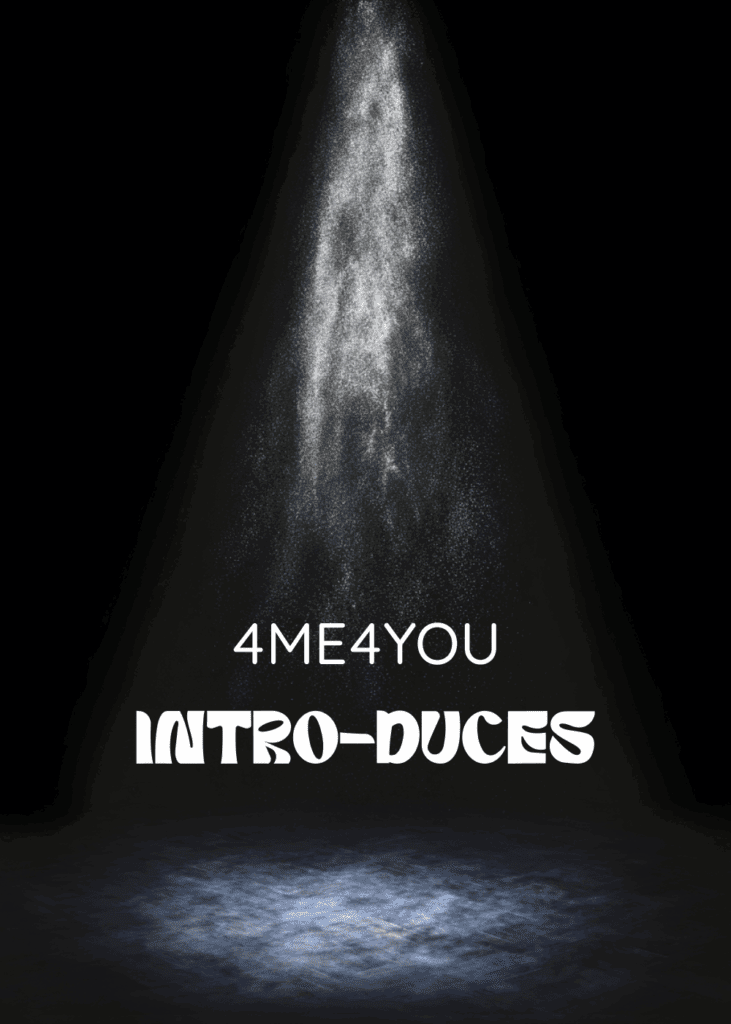
Artist Spotlight — ctlr_faces (Robin Kane)
“I don’t leave room for the AI to “fill in the blanks.” I treat it as a tool to realise my vision — not to invent one for me”
“I create to process, to surrender, to express, to connect — it’s a necessity for me to survive”
“Memory – how it reshapes itself over time, how it becomes what we choose, or need, to remember”
“Art is not about making things — it’s about making meaning. Ease doesn’t erase intention. Speed doesn’t cancel depth”
“I curate to resist the algorithmic flood, the endless scroll, It’s to create a call to attention”.
And of course, there’s the cultural resistance – traditional art vs. AI art. There’s still a lot of dismissal. People assume AI art is lesser because it seems faster, easier, less physical, or less rooted in suffering or “real” process. I get it – AI lacks consciousness. But the human using it gives it purpose. The meaning doesn’t come from the machine. It comes from the creator. Using AI doesn’t make you a creator or an artist, just like using a camera doesn’t. Making art does.
Artist: ctlr_faces
Lorem ipsum dolor sit amet, consectetur adipiscing elit. Ut elit tellus, luctus nec ullamcorper mattis, pulvinar dapibus leo.